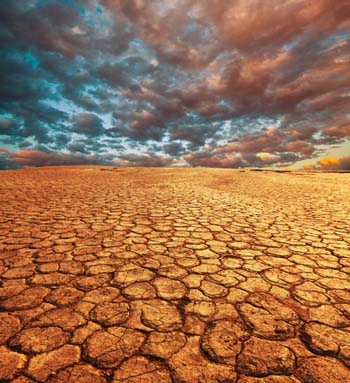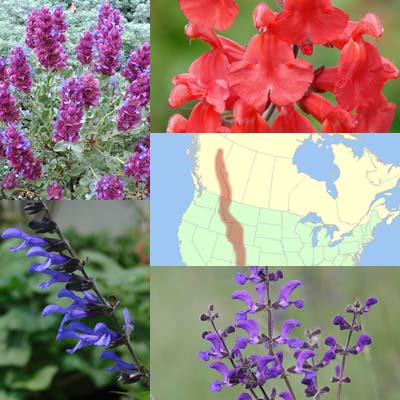(Siberian Sage) Deep violet flowers surrounded by burgundy bracts form a handsome contrast with the pebbly, mint green foliage of this drought-resistant sage. It comes from the Central Asian steppe, which is similar in climate and geography to America's high plains.
Cold and heat tolerant, this is an ideal plant for semi-arid, high-altitude areas such as the Rocky Mountain West. It is native to lands stretching from Eastern Europe into Central Asia. You can find Salvia stepposa in countries such as Afghanistan, China's Xinjiang province, Iran and Kyrgyzstan.
Garden writer and researcher Noel Kingsbury describes Kyrgyzstan's steppe country as being an ocean of Salvia, containing violet waves of Salvia stepposa. Kingsbury says it's "like a vast garden border on a kind of overdrive."
Also known as Salvia dumetorum and Siberian Sage, this summer bloomer is adaptable to both full sun and partial shade. It grows in almost any kind of soil that drains well and reaches sizes up to 48 inches tall and 24 inches wide, which makes it just right for butterfly-attracting borders on overdrive in your garden.


